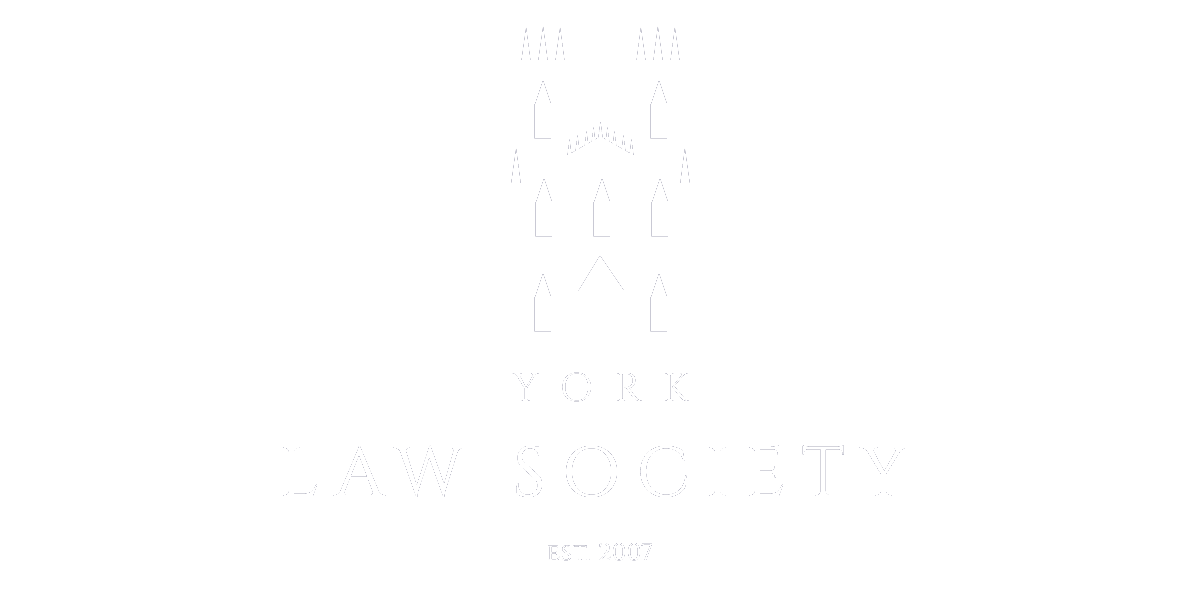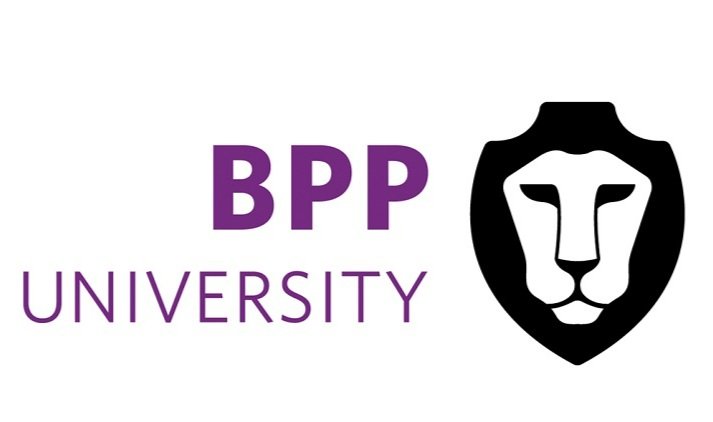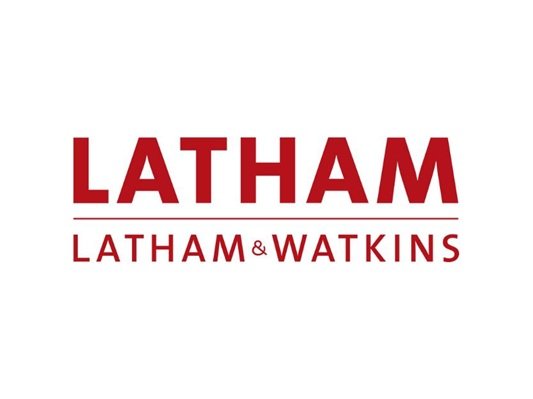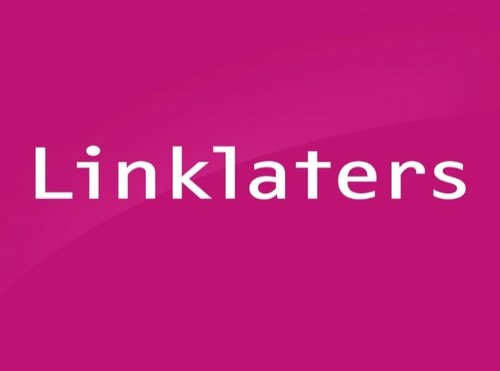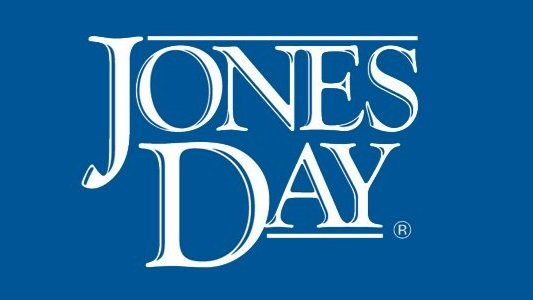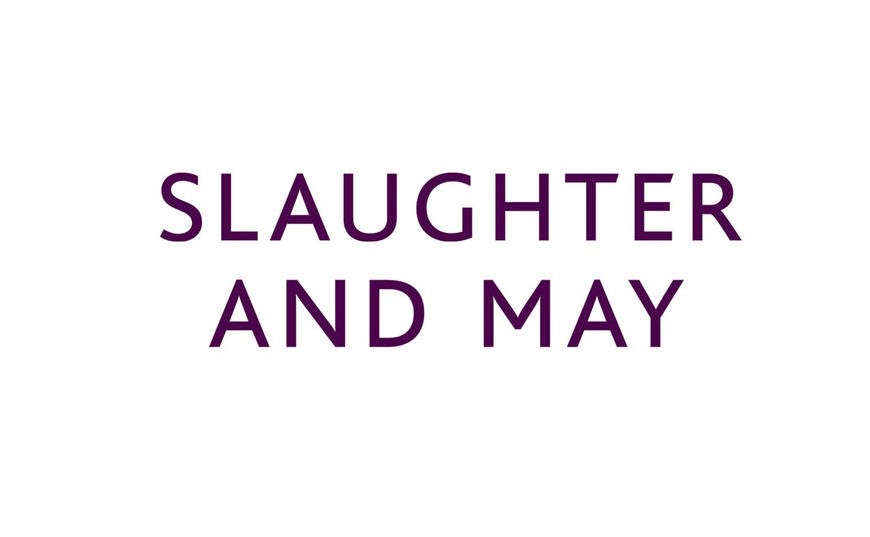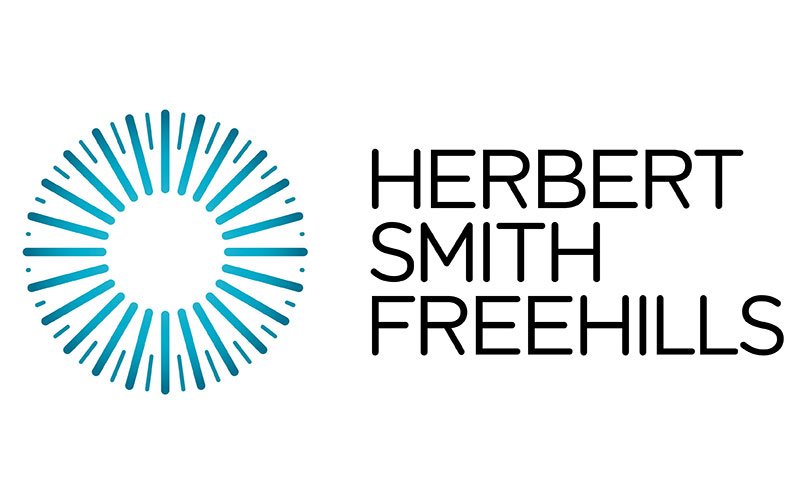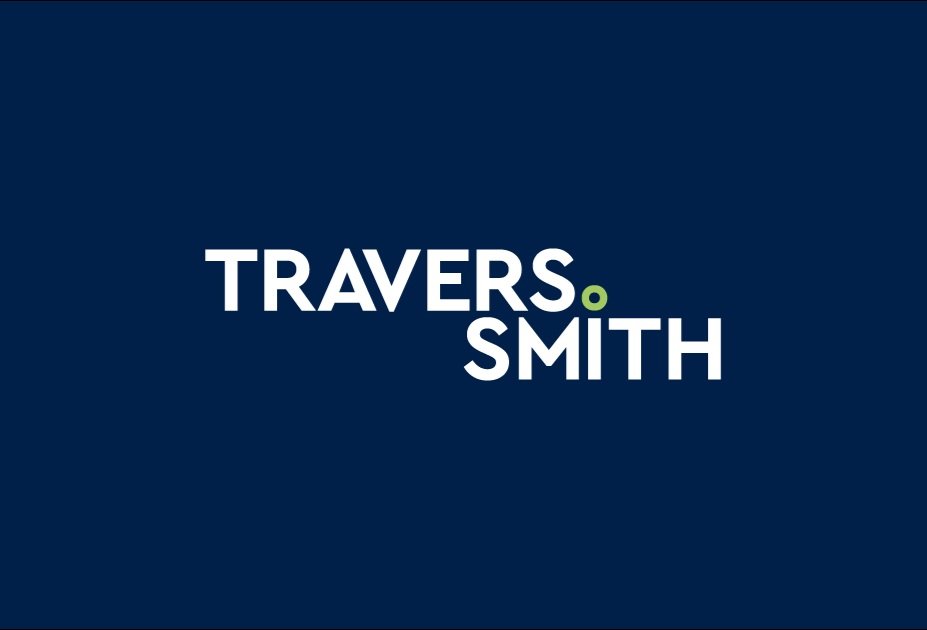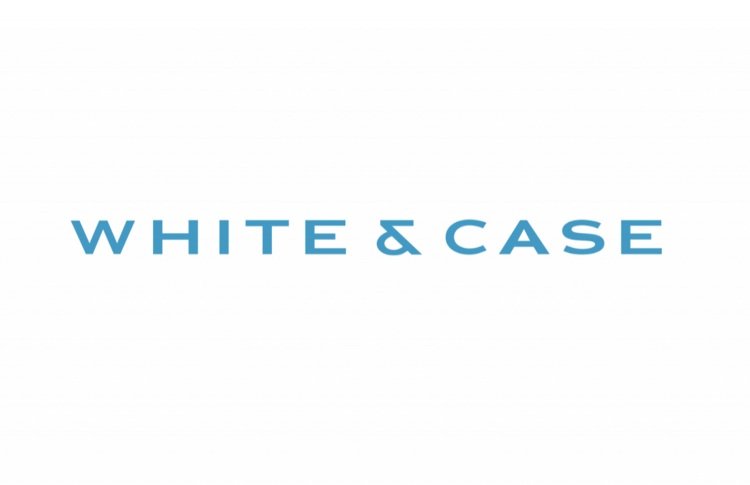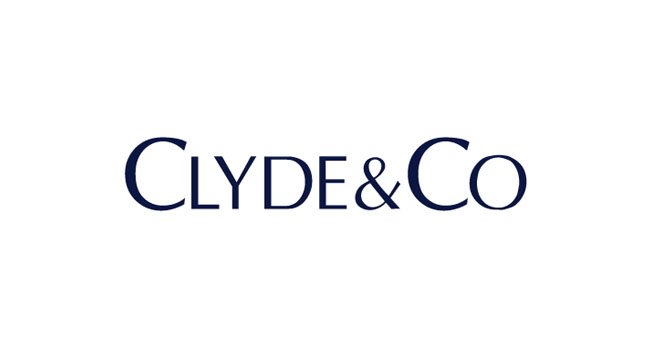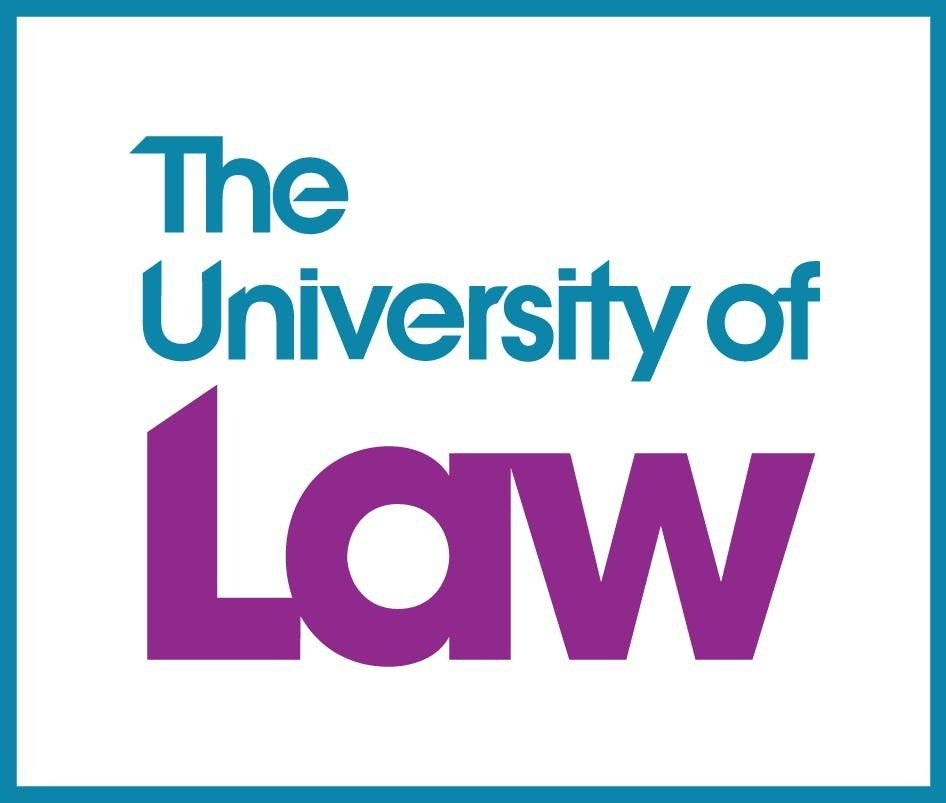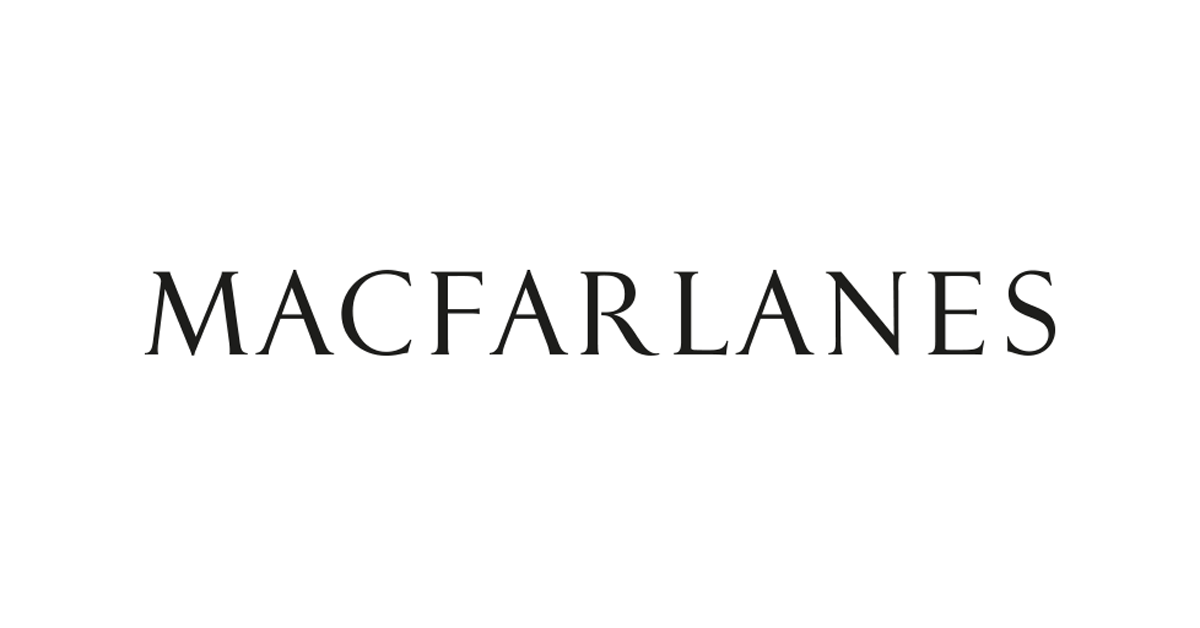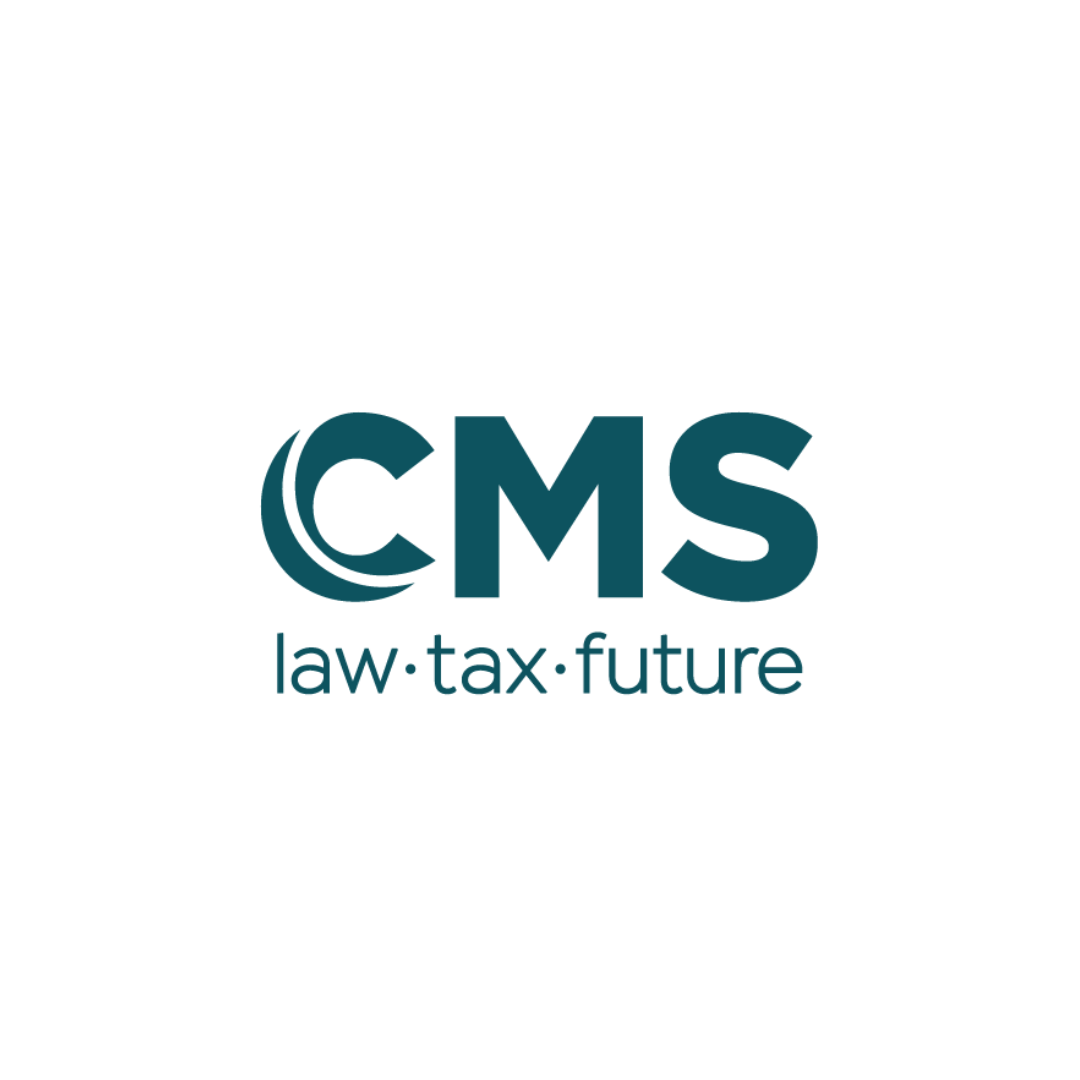Artificial Intelligence (“AI”) is currently a highly topical issue. From popular generated chats to artistic work produced by such software, AI has proved its usefulness, but not without various issues. This growing area in computing is also highly impactful on the legal industry and it demands that the law surrounding the existence of such software equally grows with it.
This article will discuss how work produced by computers and AI is copyright-controlled. This article will specifically focus on and analyse the phrase “computer-generated” as opposed to AI, or similar, as this is the wording used in current statute[1], after which, the ownership rights of the creator vis-a-vis the user will be discussed.
One widely debated area, for which AI has been scrutinised, is computer-generated works of art, music, and literature. In the United Kingdom, these are automatically copyrighted[2] to protect authors and artists from any acts that might threaten the originality, credibility, and authorship of their work, such as the replication and distribution of it. However, seeing as AI and computer-generated works have been widely shared, discussed, distributed, and copied across the internet, this could be seen as a violation of copyright. This idea draws attention to the question of whether computer-generated work can be copyrighted and, if so, who is entitled to those rights?
There are several scenarios and possibilities that could be considered in a discussion of copyright ownership over computer-generated/AI materials. The copyright owner could be the creator of the software from which the work was generated or the user who utilised the software to create the work. The other two possibilities[3] would be that no one holds rights to the generated work or that ‘AI’ itself does.
To explore this topic, we must first establish that AI is a sophisticated technology that is created, owned, and used by and for, humans[4]. Since it cannot hold rights, as granted, and afforded by law[5], how could it be given copyrights over generated works? As it is created by humans, it is more feasible for the creator to be afforded copyrights or for the user of the AI programme to be granted copyright. The law varies in different jurisdictions, but many countries consider AI, or the computer program, to be merely a tool used for creation instead of holding the status of an author[6].
The UK’s stance on computer-generated works[7] is clear and states that, “where work is generated by a computer in circumstances where there is no human author, the author of such work is the person by whom the arrangements necessary for the creation of the work are undertaken.”[8]. This statute could refer to either the creator of the program or the individual who used the program, as it discusses the author to be the person “by whom the arrangements necessary for the creation of work are undertaken” but provides no more direction as to defining the meaning of “arrangements”.
In terms of determining human ownership as opposed to the prospect of joint ownership, we can compare the creator and the user. The creator inputs a greater level of work into the creation of the software which allows for the final work to be produced, but the details that are key to the final work being generated are initiated due to the actions of the user. Both have stark differences in level and type of input, however, the user details that make a piece of work unique may have a bigger impact on the final computer-generated product than the amount of input provided by the creator of the software. Moreover, there are various other considerations to be made regarding the dilution of effort when there are multiple programmers involved in the creation of AI software.
With few cases on the topic currently, we turn to academic sources to evaluate the understanding of ownership of computer-generated works. The most debated aspect of these discussions is relevant because they debate the definition of the statute stating, “the author of such work is the person by whom the arrangements necessary for the creation of the work are undertaken”6. The phrase “the person necessary” from this legislation, is what academics try to define as its ambiguity leaves the ownership question unanswered.
One academic defines “the person necessary”[9] as, “the operator or the person directing the operation of the machine.”7. This attests to the user of the computer software holding copyrights and not the creator of the software itself.
A simplistic approach can be adopted where, if the creator of the software owns the software, then it logically follows that they must own any output of the software as well. However, one writer[10] compares this dilemma to that of Microsoft Word, where if the creator of the Microsoft Word software does not own every piece of work that it is used to produce, how would the AI software developer own a piece of work produced by software that they wrote?
With this area of law still developing, there is no clear direction as to answering the question of copyright ownership. One relevant case, Nova Productions v Mazooma Games[11] suggests that these issues need to be judged on a case-by-case basis, with this specific case outcome dissenting that, “a player’s input is not artistic in nature, and he has contributed no skill or labour of an artistic kind”[12]. Whilst the case references a video game, it highlights the outlook of the courts in considering how impactful the user input is, when deciding the outcome of this issue at law.
Copyright ownership in the age of AI/computer-generated work remains highly debated and indicates evolution within the legal industry. It is likely to pave the way for future legal developments and will likely require an innovative way of dealing with AI-based legal issues at law through precedents. There is a large demand for the law to evolve across all areas, specifically in relation to AI/computer-based generated work and copyright law, which is just one aspect of society that highlights the need for progression in the legal industry. This area of property law, specifically the simple phrase of “a person necessary”, highlights the frustrations of the ambiguity of the law. Well-reasoned academic arguments are useful for discussion but are not a formation of the law itself. Whilst there is some case law in this area already which appears to be taking a case-by-case approach, in keeping with UK common law, it is likely that we will see a test process introduced in a future leading case.
References:
[1] Copyright, Designs and Patents Act 1988, s 9(3).
[2] Copyright, Designs & Patents Act 1988.
[3] Stavroula Karapapa and Luke Mcdonagh, Intellectual Property Law (OUP, 2019) 60.
[4] David Leslie et al., ‘Artificial Intelligence, Human Rights, Democracy, and the Rule of Law: A Primer’ (Council of Europe, 2021). <https://rm.coe.int/primer-en-new-cover-pages-coe-english-compressed-2754-7186-0228-v-1/1680a2fd4a> accessed 6th October 2023.
[5] European Commission, Directorate-General for Communications Networks, Content and Technology, Christiane Hartmann, Julia Allan, Paul Hugenholtz et al, 'Trends and Developments in Artificial Intelligence: Challenges to the Intellectual Property Rights Framework: Final Report' (Publications Office of the European Union, 2020) <https://data.europa.eu/doi/10.2759/683128> accessed 6th October 2023.
[6] Shireen Smith, 'The Copyright Status of AI-Generated Works' (Internet for Lawyers Newsletter, 6 September 2022) <https://www.infolaw.co.uk/newsletter/2022/09/the-copyright-status-of-ai-generated-works/> accessed 6 October 2023.
[7] Lionel Bentley, 'The UK’s Provisions on Computer‐Generated Works: A Solution for AI Creations?' (European Copyright Society, August 2018) <https://europeancopyrightsocietydotorg.files.wordpress.com/2018/06/lionel-the-uk-provisions-on-computer-generated-works.pdf> accessed 6 October 2023.
[8] (n 1), s 178.
[9] Gerald Dworkin and Richard Taylor, Blackstone's Guide to the Copyright, Designs and Patents Act 1988 (CUP, 2009) 47.
[10] Andres Guadamuz, 'Artificial Intelligence and Copyright: Addressing Ambiguity’ (WIPO Magazine, October 2017) <https://www.wipo.int/wipo_magazine/en/2017/05/article_0003.html.> accessed 16th October 2023.
[11] Nova Productions v Mazooma Games [2007] EWCA Civ 219.
[12] ibid, [106] (Kitchen LJ)
Bibliography:
Statute / Legislation
Copyright, Designs and Patents Act 1988.
Cases
Vova Productions v Mazooma Games [2007] EWCA Civ 219 (COA).
European Commission Reports
European Commission, Directorate-General for Communications Networks, Content and Technology, 'Trends and Developments in Artificial Intelligence: Challenges to the Intellectual Property Rights Framework: Final Report' (Publications Office of the European Union 2020).
Journal articles and Books
Dworkin, G., and Taylor, R., Blackstone's Guide to the Copyright, Designs and Patents Act 1988 (CUP, 2009).
Karapapa S and McDonagh L, Intellectual Property Law (Oxford University Press, 2019).
Leslie D, Burr C, Aitken M, Cowls J, Katell M and M Briggs, ‘Artificial Intelligence, Human Rights, Democracy, and the Rule of Law: A Primer’ (Council of Europe, 2021).
Perry, M and Margoni, T, ‘From Music Tracks to Google Maps: Who Owns Computer Generated Works?’ (2010) 26(6) Computer Law and Security Review, 621-629.
Websites and Blogs
Guadamuz, A, 'Artificial Intelligence and Copyright: Addressing Ambiguity’ (WIPO Magazine, October 2017).
Smith, S, 'The Copyright Status of AI-Generated Works' (Internet for Lawyers Newsletter, 6 September 2022)
